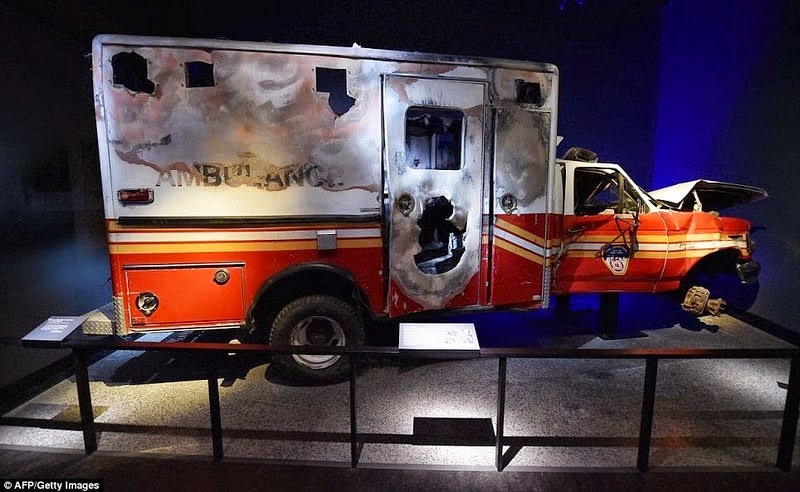There’s
only one place in America where mail is delivered by mule, inside the Indian
village hidden within the Grand Canyon 8 miles from the nearest road. However,
millions of people travel to witness the spectacular Grand Canyon every year,
but only very few knows about Arizona landscape is home to a clandestine tribe,
hidden away in its depths. The Havasupai tribe is the smallest Indian nation
living in America, with just more than 600 village inhabitants, a part of the
Havasupai tribe, which is the smallest Indian nation in America. They live in the village of “Supai” which can
be visited by helicopter or mule. People can reach the secretive tribe on foot
/ by helicopter or mule, and can get experience life in the village of “Supai”,
which has a general store, cafe, post office, a lodge, school, LDS chapel, and
a small church. The village “Supai” is concealed at the bottom of Havasu
Canyon, in the heart of the Havasupai Nation reservation. The scenic plot was
claimed by the Havasupai tribe from the National Park rangers in 1975, after
several court battles.
Since then,
their major source income is lying with tourism with about 20,000 visitors
flocking to discover more about the inhabitants. The secret tribe also grows
food and weave as a source of livelihood, though being situated at the base of
the canyon, near to the Cataract Creek, has left them vulnerable to flooding.
In 1911 tragedy struck as rain and overflowing of the creek ruined an entire
crop field. A one day hiking in and out of the settlement is not allowed, with
visitors being required to book into a home stay or brave camping. Nevertheless
the extra time enables travelers to enjoy the full experience of real beauty of
the Havasu Falls. Moreover to these are the Mooney Falls (located just half a
mile from the tribe settlement) and Beaver Falls (about three miles away).
Tourists can stay overnight with the tribe and experience the unbelievable
Havasu Falls.



























































